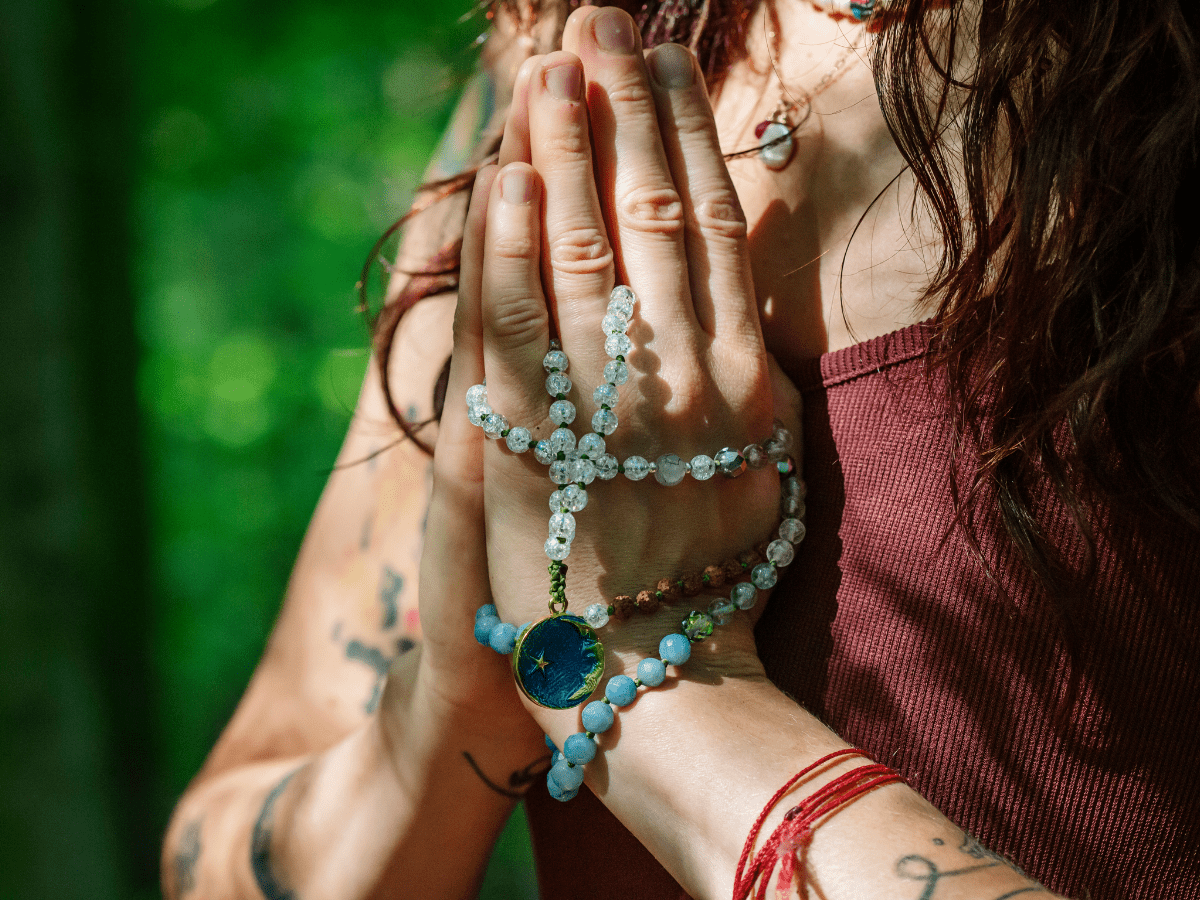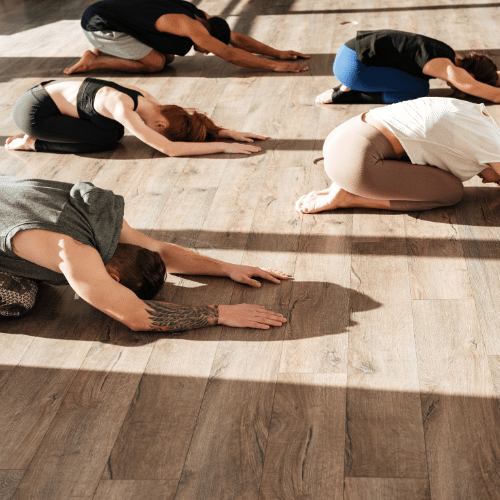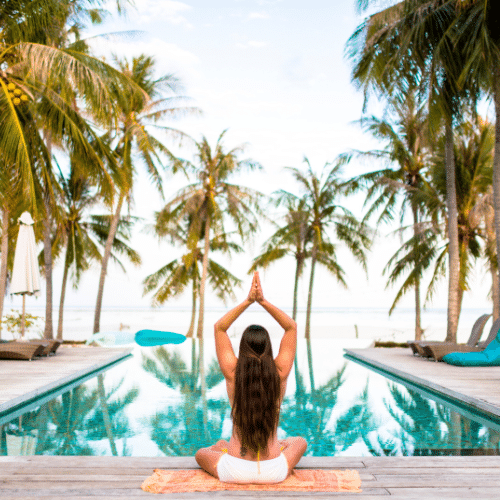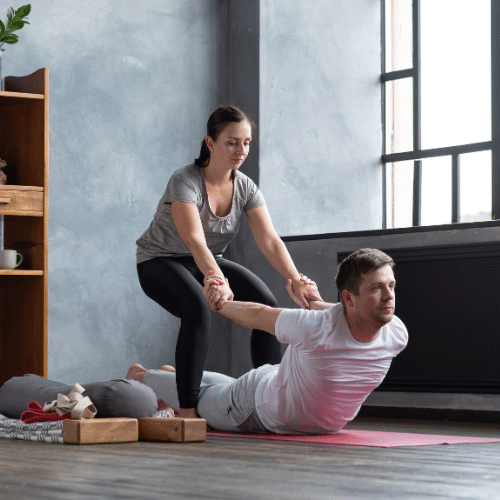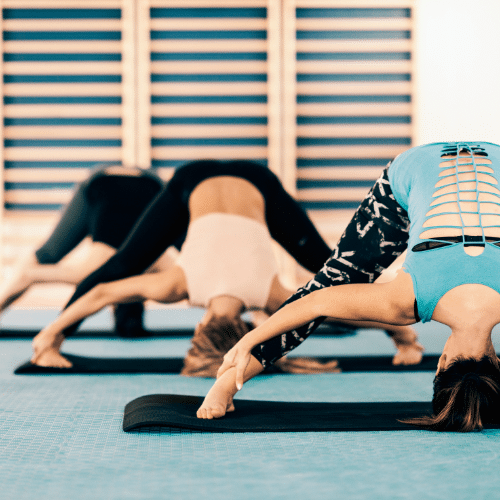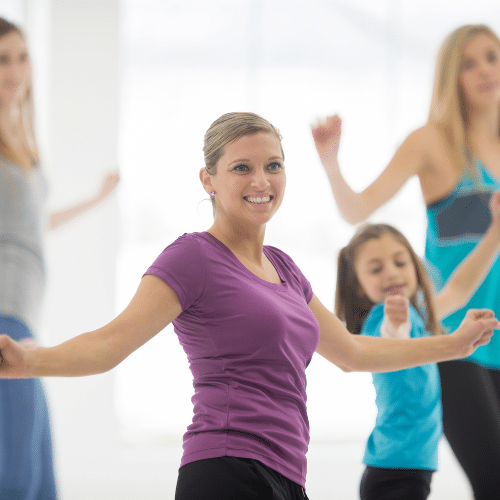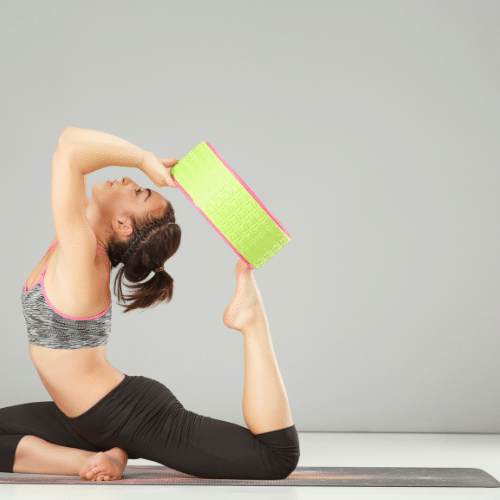Have you ever noticed how specific figures in artwork, sculptures, or even ancient religious texts have their hands positioned in particular ways? These hand mudras have been used for centuries to represent different symbolic meanings and provide spiritual benefits. From the Chin Mudra, often associated with meditation, to the Anjali Mudra of reverence and respect, each type of gesture has its unique purpose. In this article, we’ll explore the history and significance of mudras, their various types, how to perform them correctly, and what benefits they can bring into your life.
What Are Mudras?
Mudras are hand gestures that have been used for centuries to represent different symbolic meanings and provide spiritual benefits. They are also known as “hasta mudras” or hand seals and are commonly found in Indian art, such as sculptures, paintings, and religious texts.
Mudras can be a powerful tool in achieving spiritual growth and well-being, and with their simplicity of use, they are accessible to all. So why not give them a try?
Benefits of Practicing Hand Mudras
Mudras are an ancient practice that can offer many physical, mental, and spiritual benefits. Practicing them regularly can help reduce stress, improve circulation, increase energy levels, stimulate the immune system, and enhance overall well-being. They can also awaken dormant parts of the mind, open up blocked energy pathways and create a sense of inner peace.
Additionally, practicing mudras can help ground oneself in the present moment and foster a greater connection to one’s spirituality. Practicing them brings about physical benefits and helps purify the body by removing negative energies. This ultimately results in improved clarity of thought and understanding of one’s true nature. In addition, mudras bring about mental balance and help cultivate positive emotions such as love, joy, and compassion. By integrating these powerful hand gestures into your daily life, you can experience profound improvements in both body and soul.
Types of Mudras
Mudras are a form of yoga that uses hand gestures to bring physical, mental, and spiritual benefits. Each mudra is thought to have unique properties and effects, so it is important to understand the different types to gain the most benefit from your practice. Some of the most popular mudras include Gyan Mudra, Shuni Mudra, Prana Mudra, Apana Mudra, Varuna Mudra, and Surya Mudra.
Gyan Mudra: is one of the simplest and most widely practiced mudras. This gesture helps calm the mind and open awareness by connecting your thumb with your index finger while keeping the other three fingers straight.
Shuni Mudra: is used for activating courage and patience and developing strength of character. The gesture involves pressing your middle finger onto your thumb while extending the other three fingers outward.
Prana Mudra: helps increase energy levels by stimulating prana or life force energy within the body. This pose involves bringing together your ring finger and little finger with the thumb while keeping the index and middle fingers straightened outwards.
Apana Mudra: promotes balance within the body by helping facilitate the elimination of toxins from both biological tissues and mental attitudes. To perform this mudra, you must press all four fingers onto your thumb together without extending them outwards.
Varuna Mudra: helps balance opposing forces like hot versus cold or light versus dark energies within yourself. To do this pose, simply connect your little finger with your thumb while leaving all other fingers straightened outwards from each side of your hand.
Mudras are a powerful tool for self-healing, and with the correct application of these poses, you can bring about physical, mental, and spiritual balance. So why not give it a try today? And if you’re feeling adventurous, why not explore the Chin Mudra next – the power of this gesture is said to bring insight and clarity!
How Can You Incorporate Different Types of the Practice Into Your Daily Life?
Incorporating mudras into your daily life can be a powerful way to practice self-care and cultivate peace of mind. To get started, choose one or two mudras that appeal to you and commit them to memory. You can practice these mudras when you need an extra bit of relaxation, such as during yoga, meditation, or even throughout the day at work.
Mudras are also great for moments of transition in your day — try doing Anjali Mudra before diving into a difficult task or taking a few moments to perform Gyan Mudra after a long meeting. Additionally, if you enjoy journaling, use mudras as prompts for reflection. Taking time throughout the day to practice mudras can help ground yourself and bring more awareness to your experience.
Mudras are an accessible form of self-care that anyone can fit into daily life with minimal effort. Give it a try today — you may feel more connected and peaceful!
Common Mistakes to Avoid When Practicing
Being mindful and aware of potential common mistakes is important when practicing mudras. From not paying attention to posture and alignment to straining yourself for too long — these missteps can hinder your progress and leave you feeling frustrated.
First, pay attention to your posture. Maintaining good posture throughout the practice is essential to realize the mudra’s benefits fully. Also, be mindful of your breath — take slow breaths and maintain an even rhythm throughout the pose. Finally, don’t push yourself too hard or for too long — rest when needed and listen to your body.
These simple tips will help you get the most out of your practice and ensure that you stay safe.
Conclusion
Mudras, when practiced correctly, can be a great way to relax and center oneself. You can ensure you get the most out of your practice by avoiding common mistakes. With patience, dedication, and mindfulness, you will find that you can reap all the benefits.
Finally, remember to take regular breaks throughout your practice so you don’t become overworked or fatigued. Not only will this help keep your body strong and healthy, but it will also help ensure that you have a positive experience with your mudra practice.
Your journey with Mudras is unique — stay mindful of what works best for you and enjoy the process!


